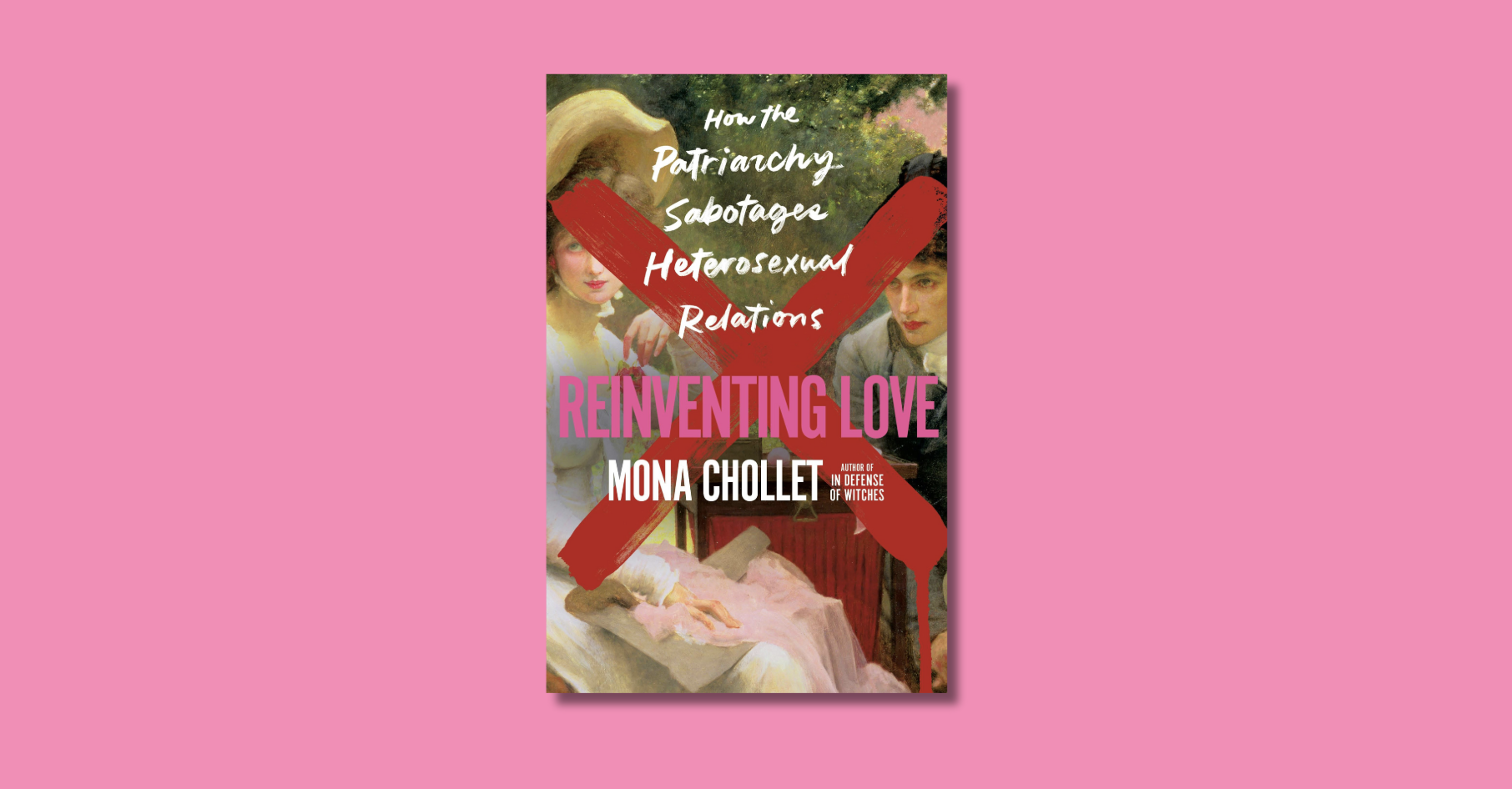Many people love to hate them, and pundits have repeatedly exaggerated their demise. But two things are certain about hipsters. They’re still very much with us, and they’ve become the unlikely subject of a mini feeding frenzy among mainstream book publishers.
Say hello to a new breed of literary animal: the hipsterati, writers who are turning satirical blogs about hipsters into satirical books about hipsters.
The first hipsterati was sighted way back in 2003, when Robert Lanham, founder of a website called Free Williamsburg, published The Hipster Handbook, a clever spin-off on the best-selling 1980 spoof, The Preppy Handbook. Lanham laid out the hipster style, lingo, fashion and cultural ethos so deftly that the book is still in print and has sold a robust 70,000 copies.
 The latest hipsterati production is Look at This F*cking Hipster, a book that grew out of a Tumblr blog of the same name (with a “u” in place of the “*”) by a professional comedian named Joe Mande. Following the blog’s template, the book is a series of outrageous photographs of hipsters with witty essays and captions written by Mande, who has won the New Yorker magazine’s caption-writing contest three times. The book is very much in the let’s-laugh-at-the-Clampetts vein.
The latest hipsterati production is Look at This F*cking Hipster, a book that grew out of a Tumblr blog of the same name (with a “u” in place of the “*”) by a professional comedian named Joe Mande. Following the blog’s template, the book is a series of outrageous photographs of hipsters with witty essays and captions written by Mande, who has won the New Yorker magazine’s caption-writing contest three times. The book is very much in the let’s-laugh-at-the-Clampetts vein.
Mande’s metamorphosis from anonymous blogger to published author happened so fast that he still can’t quite believe it.
“The blog started out, literally, as a joke for my dad and a few friends,” Mande said recently as he sipped an iced coffee on a bench outside Atlas cafe, where he wrote the blog posts that launched his career as an author. The Atlas is located a few blocks from Mande’s apartment in Brooklyn’s Williamsburg neighborhood, a world-famous hipster hot spot. All but one of the Atlas’s 13 patrons on this spring afternoon were gazing at the screens of Mac laptops. The place was as quiet as a church. You expected to see signs outside the door: Quiet, please! Artistic types at work! And: Don’t even THINK about coming in here with a Dell!
“My mom and dad were visiting from suburban Philadelphia,” Mande continued. “It was my dad’s 60th birthday. We went out to dinner in Brooklyn and he looked around and said, ‘Who are these people?’ I told him they were hipsters. He asked if that was like hippies. No, I told him, the short answer is that they’re grown-up babies.”
The longer answer is that the word “hipster,” like so much of today’s youth culture, is an appropriation. Jazz-loving hepcats in the ’30s begat bebop-loving hipsters in the ’40s, and the term was dusted off when hordes of twentysomethings flooded Williamsburg in the late ’90s, seeking relief from insane Manhattan rents. Soon the neighborhood was clogged with people wearing the uniform of non-conformity — sprayed-on jeans and weird eyeglasses and Yasser Arafat scarves, asymmetrical haircuts and regrettable tattoos, guys with ironic facial hair, girls in American Apparel leggings.
“So one day I was sitting in my apartment and I decided to set up a Tumblr blog,” Mande went on, “and I posted a photo of a hipster guy in a grocery store staring at an avocado. Within two weeks I started getting submissions, and within a month it blew up. People sent pictures of themselves posing. It got less and less secretive.”
The pictures poured in from the world’s hipster havens–Williamsburg, of course; Silver Lake in Los Angeles; Austin, Texas; Portland, Oregon and Melbourne, Australia. And soon literary agents and publishers were trying to make contact with Mande, who ignored their overtures, preferring to remain anonymous. But when a friend alerted him that someone else was approaching publishers and claiming to be the creator of the “Look at This Fucking Hipster” blog, Mande decided he had to act. He contacted his comedy manager, who helped him find a literary agent, who sold the book to St. Martin’s Press in a pre-empt for an advance Mande declines to disclose.
Mande, who is 27 years old, dresses aggressively un-hipsterishly — dishwater-gray hoodie, loose bluejeans and running shoes. His hair is cropped short and symmetrical. As he patted his half-pit bull, half-Lab puppy Blanche, he pondered the question that won’t go away: Why do so many people harbor foam-at-the-mouth hatred for hipsters?
“I honestly don’t know,” Mande said. “But it’s hard not to laugh at people who dress like clowns and take themselves so seriously. It’s all about people trying so hard to look like they’re not trying hard. That’s what I make fun of. I keep the blog good-natured and light-hearted. I don’t hate them. But there are people who hate me because they think I hate hipsters. I’ve been called a neo-conservative, the leader of a vast hate movement, even a homophobe.” He shrugged. “Every generation has its idiotic phase.”
So does Mande have any regrettable tattoos?
“Nah. I’m Jewish. My mom would kill herself.”
If Mande’s mission is to gently mock hipsters, Andrea Bartz and Brenna Ehrlich are on a crusade to mockingly celebrate them by pointing out the things that get under their thin, tattooed skin. According to their Tumblr blog, “Stuff Hipsters Hate,” these things include, but are not limited to, camouflage clothing, bras, blondes, sports bars, SUVs, athletic clubs, Bob Dylan, religion, the winter Olympics and enormous flat-screen TVs. The blog also trumpets some of the things hipsters love, including, but not limited to, iPhones, Moleskin notebooks, fixed-gear bicycles, Pabst Blue Ribbon beer and Nathanael West novels. The blog has honed its own brand of wicked mockery, such as a recent post of “vomitacious” hipster tattoos, including a woman who had a shark’s gaping mouth inked into her left armpit.
 The co-authors, who met at journalism grad school and now work office jobs in New York, are putting the finishing touches on a blog-inspired book, also titled Stuff Hipsters Hate, due out in the fall. The book will include “anthropological” takes on such things as overheard hipster conversations, pages ripped from hipster notebooks, and annotated illustrations of magazine racks and hipster apartments.
The co-authors, who met at journalism grad school and now work office jobs in New York, are putting the finishing touches on a blog-inspired book, also titled Stuff Hipsters Hate, due out in the fall. The book will include “anthropological” takes on such things as overheard hipster conversations, pages ripped from hipster notebooks, and annotated illustrations of magazine racks and hipster apartments.
“The Tumblr blog is a great opportunity to get your writing out there,” says Ehrlich, 25. “It can be an avenue for people to break into the writing business. It’s a unique way to communicate, almost like performance art.”
“It’s a dialog,” adds Bartz, 24. “A conversation between the character of the blog and the readers of the blog.”
The duo’s literary agent, Jason Allen Ashlock of Movable Type Literary Group, says indie publisher Ulysses Press paid a “respectable” advance in the low five figures. “What drew me to them at the beginning was their voice,” Ashlock says. “The pictures they use are stock photos. For me, it’s not about the images, it’s about their voice. Unfortunately, a lot of books born of blogs have not had a high level of writing. A lot of it is gimmicky — gags, joke telling. To me, that’s not interesting as a book.”
Understandably, two young women who work full-time jobs by day and blog by night take a dim view of the legendary hipster work ethic. They know that hipsters are usually unemployed (that is, living off a trust fund and/or a stack of credit cards with a parent’s name on them), or they’re interning at some indie music magazine. “To a hipster,” they write, “a job folding clothes or frothing cappuccinos is merely a pit stop, a romantic interlude on the way to indie rock stardom / a Pulitzer / a tragically hip death in a Williamsburg loft that occurs amidst a sea of coke and avant-garde artwork.”
The co-authors also know how every self-respecting hipster would answer the question: Are you a hipster? “We maintain that is not a question anyone would ever answer in the affirmative.”
So back to the burning question: Why all this hatred for hipsters?
“People hated hippies,” Ehrlich says. “They hated the Beats, the Lost Generation, punks, the grunge kids. Hipsters are driving tastes in music, fashion. The bigger you are, the harder you fall. Hipsters hate mainstream society, and mainstream society hates hipsters.”
“It’s a Mobius strip of mockery,” Bartz adds. “Hipsters are purposely making their life out to be so hard. That’s what we’re mocking, and that’s what people hate.”
“This group was ripe for satirization,” says Lanham, the Hipster Handbook author who, at 39, is easily the granddaddy of the hipsterati. “When my book came out, hipsters shopped at the Salvation Army for trucker hats so they could look the part of someone without much money. But it’s upper middle class kids living in expensive apartments with all these expensive accouterments. They’re defined by what they wear, what they listen to, how they decorate their apartments. There’s nothing hip or bohemian about owning things. I think it’s this insincerity and irony — that’s where a lot of the venom comes from.”
Ehrlich thinks that she and her fellow hipsterati, like so many spawn of our digital age, may be in for a very short run.
“I think this peaked maybe back in July,” she says of the blogs-to-books mania that has been raging in the publishing industry for several years. “There’s only so long a trend can sustain itself.”
Don’t be so sure. A Tumblr blogger named Christopher Weingarten has just landed a book deal from NAL/Penguin based on his blog, “Hipster Puppies.” The book, like the blog, will show cute pictures of puppies wearing — you guessed it — wild eyeglasses, mustaches and Yasser Arafat scarves.
[Image credits: Bill Morris]








